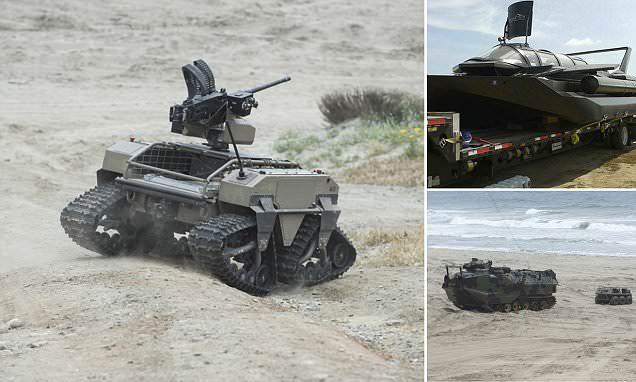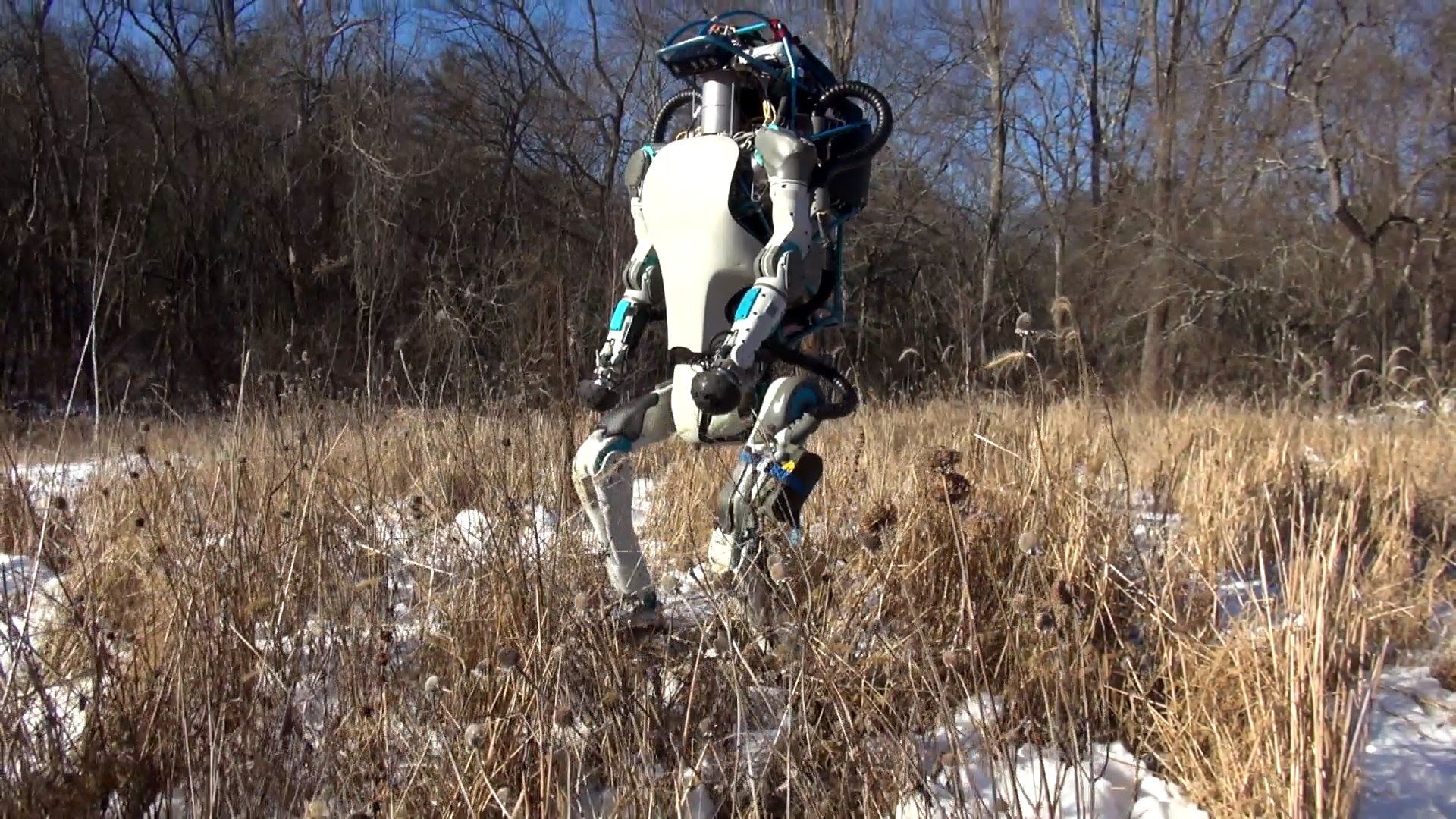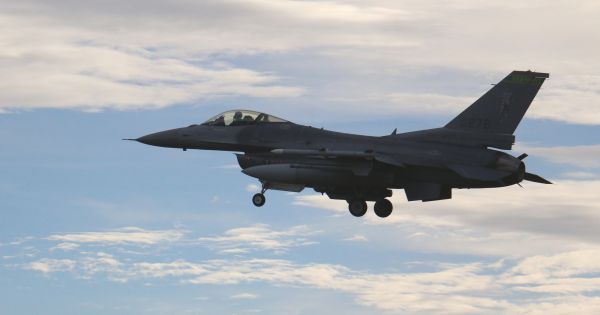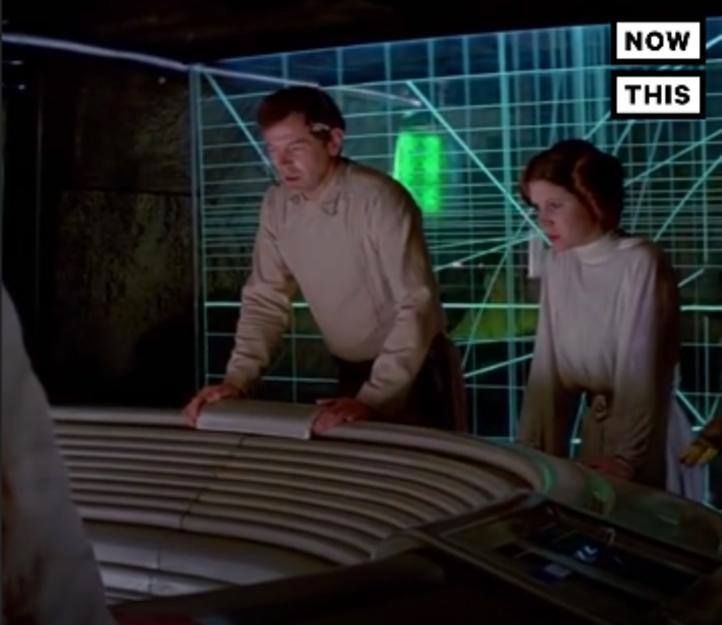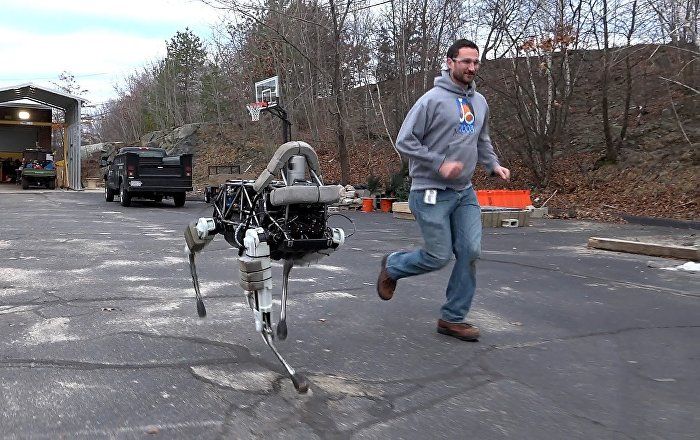The DARPA Targeted Neuroplasticity Training (TNT) program is exploring ways to speed up skill acquisition by activating synaptic plasticity. If the program succeeds, downloadable learning that happens in a flash may be the result.
In March 2016, DARPA — the U.S. military’s “mad science” branch — announced their Targeted Neuroplasticity Training (TNT) program. The TNT program aims to explore various safe neurostimulation methods for activating synaptic plasticity, which is the brain’s ability to alter the connecting points between neurons — a requirement for learning. DARPA hopes that building up that ability by subjecting the nervous system to a kind of workout regimen will enable the brain to learn more quickly.

